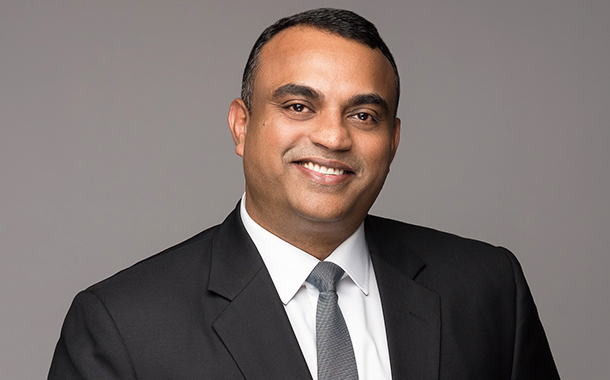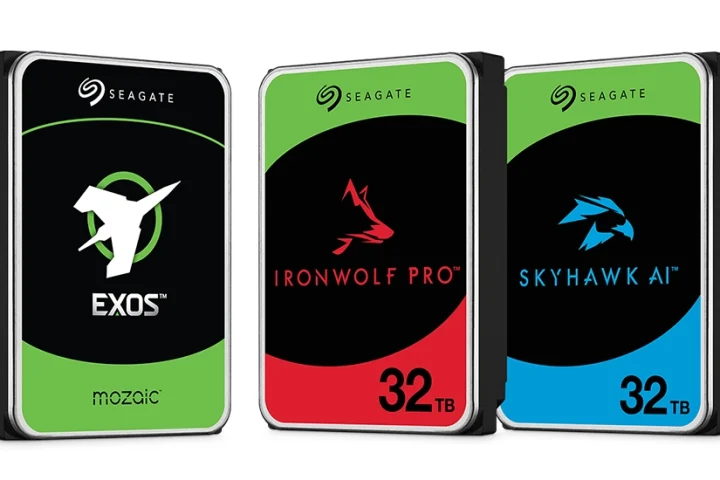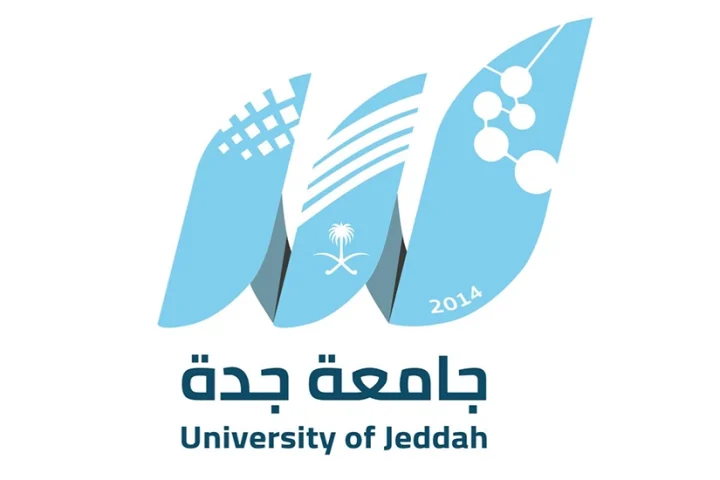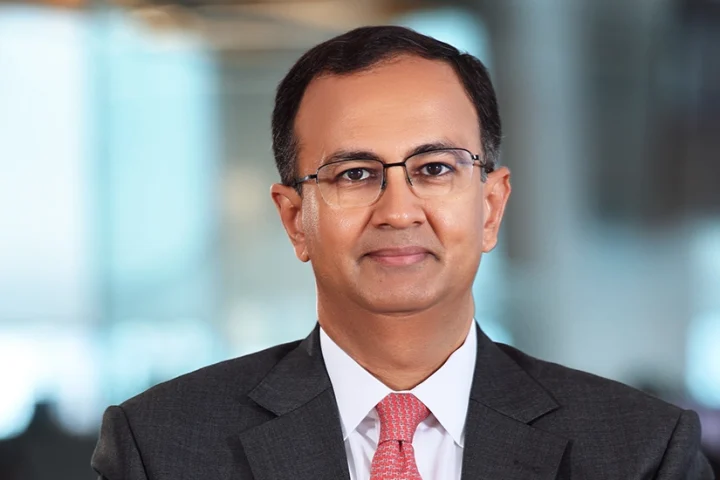The network now plays an even stronger role, powering the transformation journey that is needed to thrive during uncertainty and preparing organisations for what comes next in 2023.

Tight control of network performance is no longer sufficient. Being able to identify and troubleshoot application response time and performance issues rapidly and remotely will be essential to ensure a seamless end user digital experience no matter where users connect.
Identifying the clustering of similar error symptoms across a full-stack network is leading to orchestrated workflows that will more readily give IT organisations the option to allow solutions to automatically remediate an issue.
By end 2023, 20% organisations will have adopted NaaS strategy
With tightening economic conditions, IT requires flexibility in how network infrastructure is acquired, deployed, and operated to enable network teams to deliver business outcomes rather than just managing devices. Migration to a network-as-a-service, NaaS framework enables IT to accelerate network modernisation yet stay within budget, IT resource, and schedule constraints.
Tight control of network performance is no longer sufficient
In addition, adopting a NaaS strategy will help organisations meet sustainability objectives since leading NaaS suppliers have adopted carbon-neutral and recycling manufacturing strategies.
Built-in security replaces bolt-on
Reducing cybersecurity risk has become a core operational concern. Transformation to a more automated security architecture is an IT imperative. No longer can organisations bolt-on perimeter firewalls around the network to protect against threats and vulnerabilities. Security must be built-in to every aspect of the network infrastructure from Wi-Fi Access Points to LAN, campus and datacentre switches, WAN gateways, and extending into the cloud.
Location services enable new business models
Challenging skilled labour markets and recurring supply chain issues will force companies to become more efficient, productive, and resourceful. Pivoting towards achieving situational awareness of assets, inventories, work in process, workers, customers, contractors, and supply chains will enable better control of costs, resources, quality, and intellectual property. This will require merging information technology, IT, Internet of Things, IoT, and operational technology, OT data with contextual information about the environment.
IT will consolidate operations onto a single network
More diverse digital technology, IoT is being deployed by enterprises to improve user experiences and to streamline IT operations. At the same time, employees and customers expect a better integrated real life, digital experience no matter what the enterprises’ business model is.
Identifying clustering of similar error symptoms across a full-stack network is leading to orchestrated workflows
These dynamics have added complexity to both the network and security and have made managing the infrastructure more complex. IT will look to a single centralised management system with visibility across the network and the ability to configure edge-to-cloud QoS and security policies.
SLA measurements will be based on user experience
IT must optimise their networks to meet hybrid working requirements. Businesses will have dedicated teams whose priority is to ensure a seamless end user digital experience for employees and customers. Adapting to a client-based view rather than a network view requires complete end-to-end visibility and application-level insights to know if the quality of experience is meeting end user expectations or not.
AIOps shifts to automated remediation
With AI, cloud adoption, and access to vast amounts of data now common in enterprise-class network management solutions, automation takes centre stage. Identifying the clustering of similar error symptoms across a full-stack network is leading to orchestrated workflows that will more readily give IT organisations the option to allow solutions to automatically remediate an issue.
The need to streamline IT efficiency and do more with less is driving human-assisted workflows, which will enable administrators to examine recommended changes and their impact, and then enable remediation of on-going occurrences into production.
























